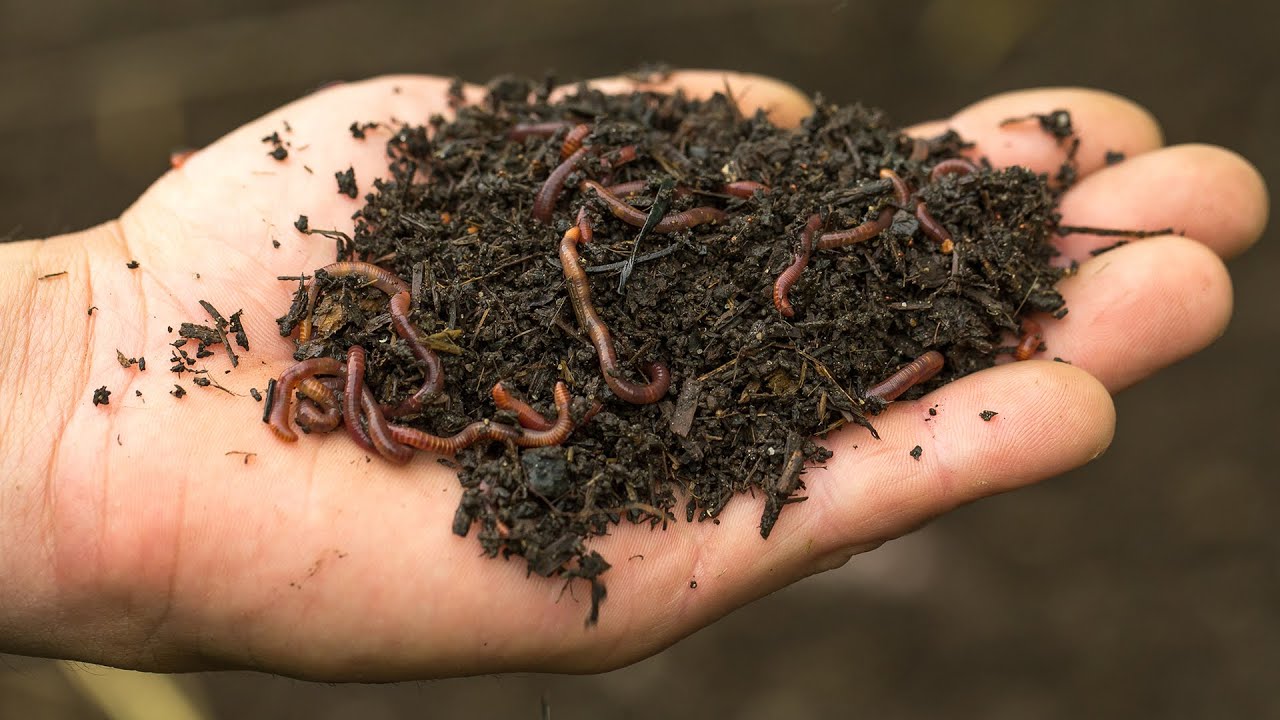Hey, I’m currently in the process of expanding my small worm composting business and I need to transport a large number of worms to new local distributors. I’m based in Victoria, BC, Canada, and the distance to these distributors can range anywhere up to 200 kilometers. What’s the best way to transport worms for commercial purposes and what should I watch out for to ensure they remain healthy and active?
Thanks,
Michael, Victoria, Canada.
How Do I Transport Worms For Commercial Purposes?
Transporting worms for commercial purposes can seem daunting, but with a few tips and the right preparation, it can be done efficiently and safely. Keeping worms healthy during transit ensures that they remain active and can immediately start working on composting once they reach their new home. Here are key considerations and steps to take when planning worm transportation.
Preparing Worms for Transport
Before packing your worms for their journey, some preparation steps are essential:
- Harvesting the Worms: A couple of days before the transport date, start harvesting the worms you plan on transporting. Separate them from the compost to ensure they don’t come with excess material. This also reduces the overall weight.
- Moisture Control: Make sure the worms are kept in a slightly moist environment. Too much water can make the environment swampy, causing stress, while too little can dry them out.
- Fasting the Worms: It’s advisable to stop feeding your worms 24 hours before transport. This ensures that they expel any waste, making the journey cleaner and less risky for the worms.
Choosing the Right Containers
Choosing proper containers is crucial to the success of transporting worms:
- Breathable Material: Use containers with good airflow. This could be breathable fabric bags or specially designed plastic bins with ventilation holes. Cardboard can also work for short distances.
- Size and Quantity: Don’t overfill the containers. The worms need enough space to move around and access oxygen. Opt for a higher number of small containers rather than a few large ones.
- Insulation: Consider the temperature outside. If it’s hot, insulating materials like burlap sacks, hay, or even small coolers can help keep the temperature down inside the containers. For cold weather, insulate with straw or similar material.
Packing the Worms
Here’s how to pack the worms ensuring their comfort and safety:
- Bedding Material: Place a layer of damp bedding material, such as peat moss or coconut coir, at the bottom of the container. This provides moisture and allows the worms to burrow and remain stress-free.
- Even Distribution: Evenly distribute the worms in the bedding. Overcrowding can lead to suffocation and increased stress.
- Additional Cushion: Add another layer of bedding on top to cushion the worms during transport. This also helps in absorbing any excess moisture.
- Sealing the Containers: If using fabric bags, ensure they are securely tied but not too tight to restrict airflow. For plastic bins, make sure the lids are secured but allow for ventilation.
During Transport
Ensuring the worms maintain a stable environment during the journey is essential:
- Temperature Control: Keep the worms in a shaded, cool place. Avoid the trunk of a car on a hot day as it can quickly become too warm. If the temperature is cool, keep them inside the cab where it’s warmer.
- Monitoring: Regularly check on the worms during the trip. If the journey exceeds a couple of hours, stop occasionally to check the moisture and ventilation of the containers.
- Avoiding Vibrations: Minimize vibrations by securing the containers properly to avoid them being tossed around. Vibrations can cause severe stress to the worms.
Post-Transport Care
Once you’ve arrived at your destination, ensure a smooth transition for the worms:
- Immediate Unpacking: Unpack the worms as soon as possible. Prolonged stay in the containers can cause stress due to limited air and space.
- Proper Introduction to New Habitat: Gently introduce the worms to their new composting environment. Make sure the new habitat is prepared with adequate bedding and moisture.
- Allowing Recovery Time: Give the worms some time to acclimate to the new environment before adding any new food. This helps them settle in and reduce stress.
Potential Issues and Solutions
During transportation, several challenges may arise. Here are a few common problems and their solutions:
- Overheating: If the worms appear lethargic or are trying to escape the containers rapidly, it might be too hot. Cool them down with ice packs placed outside the containers, ensuring no direct contact with the worms.
- Drying Out: If the bedding feels too dry, misting it lightly can help maintain moisture levels. Do this cautiously to avoid overwatering.
- Health Checks: Look out for signs of distress among the worms, such as clumping or trying to climb out of the container. These signs indicate that something is wrong with the environment, and prompt action is necessary to rectify it.
Other Considerations
A few extra tips can help ensure the success of your worm transportation:
- Labeling: Clearly label the containers with details on the species of worms, quantity, date of packing, and any specific instructions. This makes it easier for distributors to handle the worms correctly.
- Legal Requirements: Depending on where Michael is transporting the worms within Canada, checking local regulations regarding the movement of live animals or insects can save him from unnecessary hassles or fines.
- Contingency Plans: Always have a backup plan in case something goes wrong. Whether it’s extra bedding, backup containers, or an alternative cooling method, being prepared can make a significant difference.
Final Thoughts…
Michael, thanks for sending in your question. Remember, taking the time to properly prepare and care for your worms before, during, and after transport can significantly improve their health and activity levels at their new destination. Happy composting, and best of luck on expanding your worm composting business!
Indoor Worm Composting



